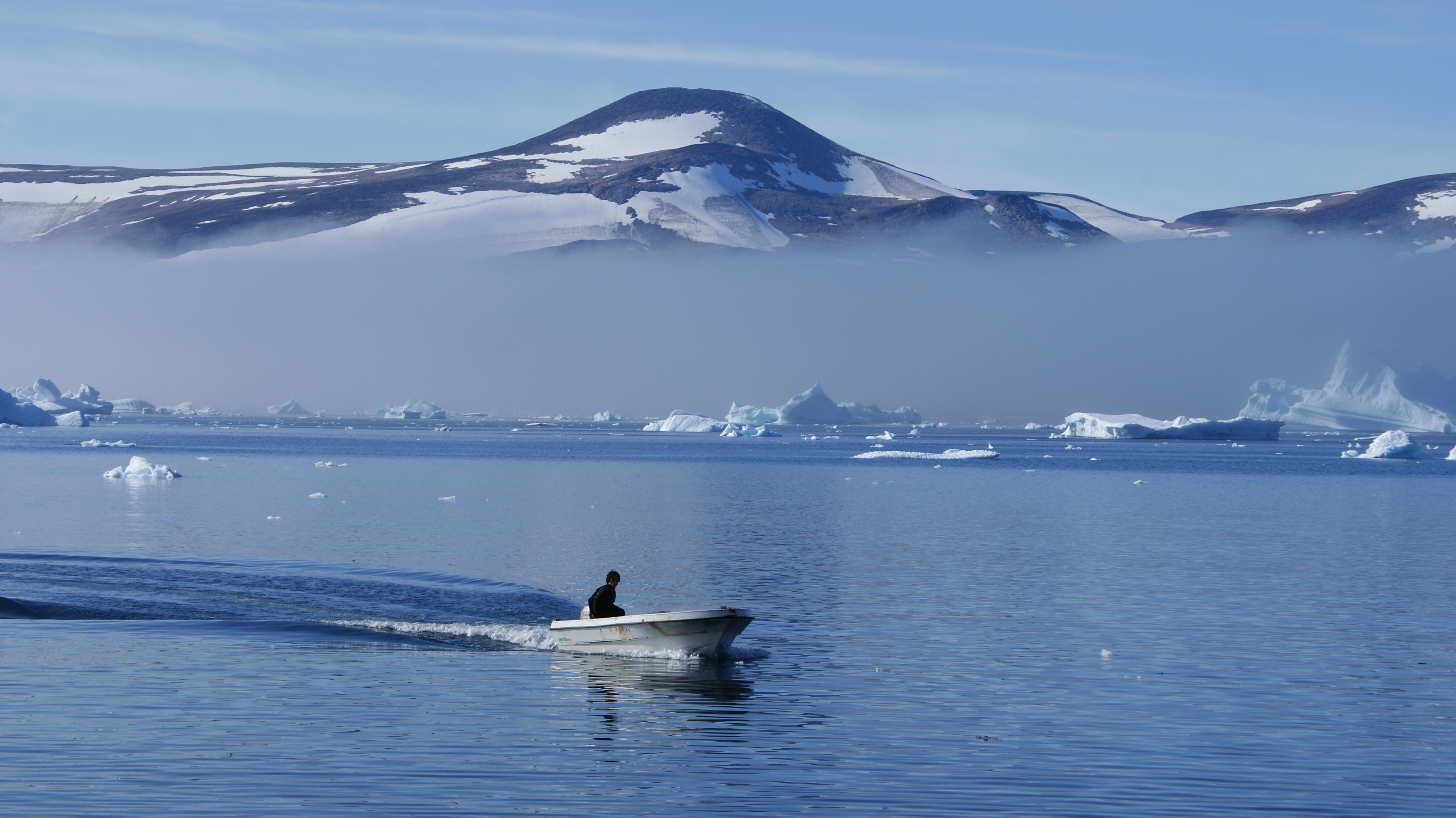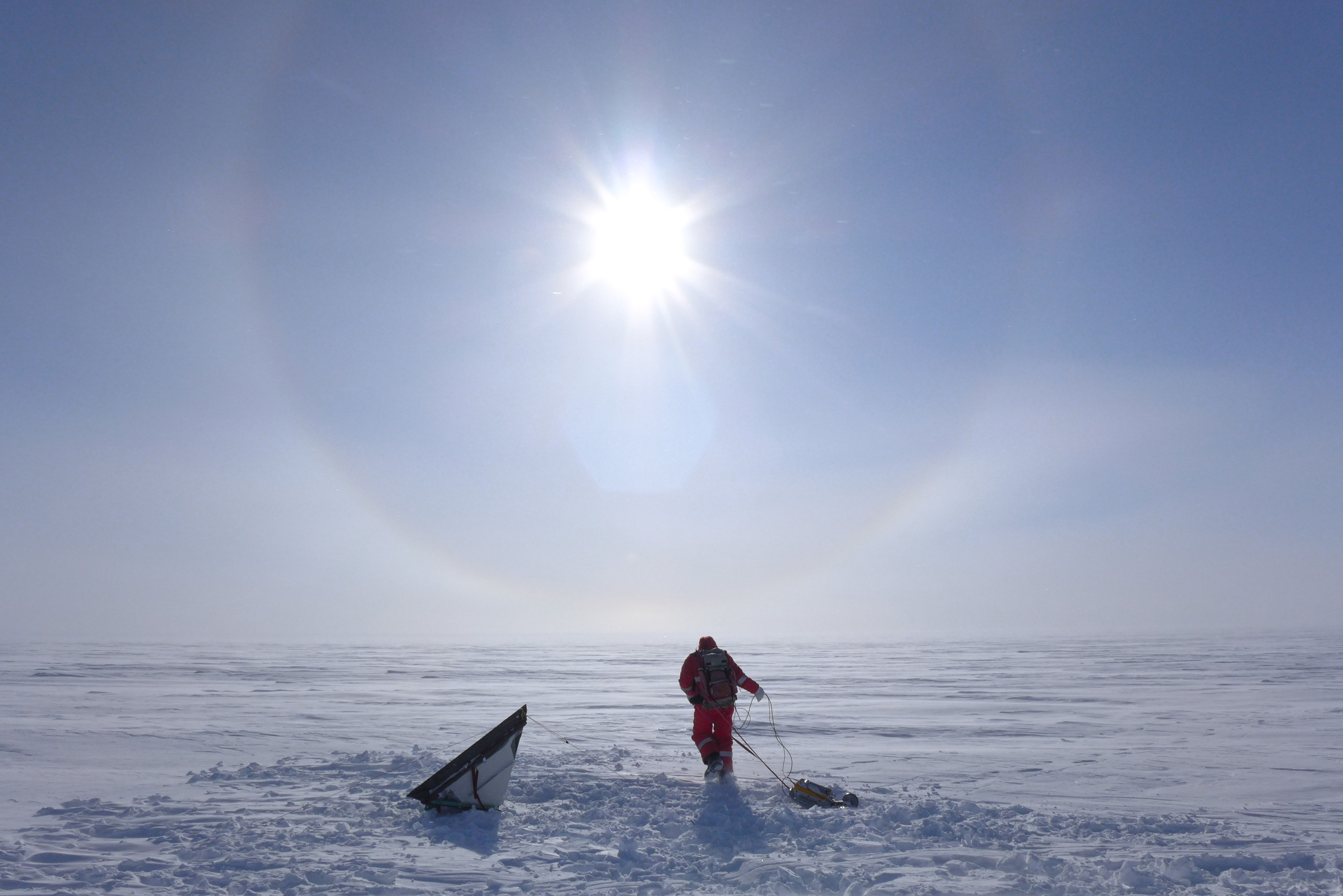|
Alison Bay
Alison Bay ( kl, Kullorsuup Kangerlua) is a bay in Avannaata municipality in northwestern Greenland. The bay is a tributary bay of Melville Bay, and is located in the northern part of Upernavik Archipelago, between Kiatassuaq Island in the southwest and the mainland of Greenland in the northeast. Geography Alison bay is long. Part of the southern Melville Bay region, the bay is frozen for most of the year. In the northeast, it is bounded by the Wandel Land nunatak, culminating in an unnamed peak. Iterlassuaq, a small indentation of the bay separates Wandel Land in the north from Qaqqasungnarsuaq − another, smaller nunatak, culminating in an unnamed peak.''Upernavik Avannarleq'', Saga Map, Tage Schjøtt, 1992 A small unnamed glacier tongue of Greenland ice sheet drains the latter into the innermost part of the bay, east of the opening of the Ikerasaa Strait. The strait flows west-south-westward between Kiatassuaq Island in the north, and Sanningassorsuaq Peninsula San ... [...More Info...] [...Related Items...] OR: [Wikipedia] [Google] [Baidu] |
Upernavik Archipelago
Upernavik Archipelago is a vast coastal archipelago in the Avannaata municipality in northwestern Greenland, off the shores of northeastern Baffin Bay. The archipelago extends from the northwestern coast of Sigguup Nunaa peninsula in the south at approximately Nunavik, Saga Map, 1:250.000, Tage Schjøtt, 1992 to the southern end of Melville Bay ( kl, Qimusseriarsuaq) in the north at approximately .Upernavik Avannarleq, Saga Map, 1:250.000, Tage Schjøtt, 1992 History The archipelago belongs to the earliest-settled areas of Greenland, the first migrants arriving approximately 2,000 BCE. All southbound migrations of the Inuit passed through the area, leaving behind a trail of archeological sites. The early Saqqaq culture diminished in importance around 1,000 BCE, followed by the migrants of Dorset culture, who spread alongside the coast of Baffin Bay, being in turn displaced by the Thule people in the 13th and 14th centuries. The area has been continuously inhabited since then. ... [...More Info...] [...Related Items...] OR: [Wikipedia] [Google] [Baidu] |
Baffin Bay
Baffin Bay ( Inuktitut: ''Saknirutiak Imanga''; kl, Avannaata Imaa; french: Baie de Baffin), located between Baffin Island and the west coast of Greenland, is defined by the International Hydrographic Organization as a marginal sea of the Arctic Ocean. It is sometimes considered a sea of the North Atlantic Ocean. It is connected to the Atlantic via Davis Strait and the Labrador Sea. The narrower Nares Strait connects Baffin Bay with the Arctic Ocean. The bay is not navigable most of the year because of the ice cover and high density of floating ice and icebergs in the open areas. However, a polynya of about , known as the North Water, opens in summer on the north near Smith Sound. Most of the aquatic life of the bay is concentrated near that region. Extent The International Hydrographic Organization defines the limits of Baffin Bay as follows: History The area of the bay has been inhabited since BC. Around AD 1200, the initial Dorset settlers were replaced by ... [...More Info...] [...Related Items...] OR: [Wikipedia] [Google] [Baidu] |
Greenland
Greenland ( kl, Kalaallit Nunaat, ; da, Grønland, ) is an island country in North America that is part of the Kingdom of Denmark. It is located between the Arctic and Atlantic oceans, east of the Canadian Arctic Archipelago. Greenland is the world's largest island. It is one of three constituent countries that form the Kingdom of Denmark, along with Denmark and the Faroe Islands; the citizens of these countries are all citizens of Denmark and the European Union. Greenland's capital is Nuuk. Though a part of the continent of North America, Greenland has been politically and culturally associated with Europe (specifically Norway and Denmark, the colonial powers) for more than a millennium, beginning in 986.The Fate of Greenland's Vikings , by Dale Mackenzie Brown, ''Archaeological Institute of America'', ... [...More Info...] [...Related Items...] OR: [Wikipedia] [Google] [Baidu] |
Avannaata
Avannaata (, da, Det Nordlige, lit=The Northern) is a municipality of Greenland created on 1 January 2018 from the bulk of the former Qaasuitsup municipality. It encompasses an area of 522,700 km2 and has 10,726 inhabitants. Geography In the south, Avannaata is flanked by the Qeqertalik municipality. In the southeast, it is bordered by the Sermersooq municipality, however this border runs north–south ( 45° West meridian) through the center of the Greenland ice sheet ( kl, Sermersuaq), and as such is free of traffic. In the east and northeast it is bordered by the Northeast Greenland National Park. At the southern end of the municipal coastline are the waters of Disko Bay, although some Disko Bay communities belong to the municipality of Qeqertalik. This bay is an inlet of the larger Baffin Bay, which to the north edges into the island of Greenland in the form of Melville Bay. The coastline of northeastern Baffin Bay is dotted with islands of the Upernavik Archipela ... [...More Info...] [...Related Items...] OR: [Wikipedia] [Google] [Baidu] |
Melville Bay
Melville Bay ( kl, Qimusseriarsuaq; da, Melville Bugt), is a large bay off the coast of northwestern Greenland. Located to the north of the Upernavik Archipelago, it opens to the south-west into Baffin Bay. Its Kalaallisut name, ''Qimusseriarsuaq'', means "the great dog sledding place". The bay was named after Robert Dundas, 2nd Viscount Melville, (1771 - 1851) head of the Admiralty. Geography Melville Bay is delimited by Cape York in the northeast and Wilcox Head, the western promontory on Kiatassuaq Island in the south.''Upernavik Avannarleq'', Saga Map, Tage Schjøtt, 1992 Some islands of the Upernavik Archipelago are in the Melville Bay area, such as Kiatassuaq Island, Kullorsuaq Island, Saarlia Island and Saqqarlersuaq Island. Melville Bay is free of fast ice between mid August and the end of September on average. Navigation is dangerous as there are numerous icebergs in the bay throughout the year.''Prostar Sailing Directions 2005 Greenland and Iceland Enroute,'' p. 8 ... [...More Info...] [...Related Items...] OR: [Wikipedia] [Google] [Baidu] |
Kiatassuaq Island
Kiatassuaq Island (old spelling: ''Kiatagssuaq'', da, Holm Ø, Holm Island) is an uninhabited island in the northern Upernavik Archipelago in Avannaata municipality in northwestern Greenland. It marks the southern border of Melville Bay. History The name of the island means "''a large torso''" in the Greenlandic language. Initially, before the northbound migration phase of the 1920s, the island was named differently: "''Nuussuaq Ungalleq''", or ''the farther large point'', in reference to Nuussuaq Peninsula and Nuussuaq settlement some 45 kilometers to the south, with both names translating as "''large tip''". Its Danish name 'Holm Ø' ('Holm Island') had been given in honour of officer of the Danish Navy and Arctic explorer Gustav Holm (1849 – 1940). Geography Located in the southern part of Melville Bay, Kiatassuaq Island has an elongated shape, with an east–west orientation. It has an area of , with a shoreline of . Kullorsuaq is the closest settlement to Kiatassua ... [...More Info...] [...Related Items...] OR: [Wikipedia] [Google] [Baidu] |
Wandel Land
Wandel Land is a nunatak ( kl, nunataq) in Avannaata municipality in northwestern Greenland. It is one of several nunataks in the Melville Bay region of Greenland, where the Greenland ice sheet ( kl, Sermersuaq) drains into the bay alongside its entire length apart from an occasional nunatak.''Upernavik Avannarleq'', Saga Map, Tage Schjøtt, 1992''Qimmsseriarsuaq'', Saga Map, Tage Schjøtt, 1992 This nunatak is named after Danish polar explorer and hydrographer, Vice Admiral Carl Frederick Wandel (1843-1930). Geography Wandel Land is located on the mainland of Greenland in the northernmost part of Upernavik Archipelago. To the north, Greenland ice sheet drains into Alison Bay via Nunatakassaup Sermia glacier. To the southwest, the nunatak is bounded by the iceberg-choked Alison Bay, while a small inlet of the latter, ''Iterlassuaq'', separates Wandel Land from another, smaller nunatak in the southeast. Alison Bay separates Wandel Land from a large Kiatassuaq Island Kia ... [...More Info...] [...Related Items...] OR: [Wikipedia] [Google] [Baidu] |
Nunatak
A nunatak (from Inuit ''nunataq'') is the summit or ridge of a mountain that protrudes from an ice field or glacier that otherwise covers most of the mountain or ridge. They are also called glacial islands. Examples are natural pyramidal peaks. When rounded by glacial action, smaller rock promontories may be referred to as rognons. The word is of Greenlandic origin and has been used in English since the 1870s. Description The term is typically used in areas where a permanent ice sheet is present and the nunataks protrude above the sheet.J. J. Zeeberg, ''Climate and Glacial History of the Novaya Zemlya Archipelago, Russian Arctic''. pp. 82–84 Nunataks present readily identifiable landmark reference points in glaciers or ice caps and are often named. While some nunataks are isolated, sometimes they form dense clusters, such as Queen Louise Land in Greenland. Nunataks are generally angular and jagged, which hampers the formation of glacial ice on their tops, although snow can a ... [...More Info...] [...Related Items...] OR: [Wikipedia] [Google] [Baidu] |
Greenland Ice Sheet
The Greenland ice sheet ( da, Grønlands indlandsis, kl, Sermersuaq) is a vast body of ice covering , roughly near 80% of the surface of Greenland. It is sometimes referred to as an ice cap, or under the term ''inland ice'', or its Danish equivalent, ''indlandsis''. An acronym, GIS, is frequently used in the scientific literature. It is the second largest ice body in the world, after the Antarctic ice sheet. The ice sheet is almost long in a north–south direction, and its greatest width is at a latitude of 77°N, near its northern margin. The average thickness is about and over at its thickest point. In addition to the large ice sheet, smaller ice caps (such as Maniitsoq and Flade Isblink) as well as glaciers, cover between around the periphery. The Greenland ice sheet is adversely affected by climate change. It is more vulnerable to climate change than the Antarctic ice sheet because of its position in the Arctic, where it is subject to the regional amplification o ... [...More Info...] [...Related Items...] OR: [Wikipedia] [Google] [Baidu] |
Ikerasaa Strait
Ikerasaa Strait (old spelling: ''Ikerasâ'') is a strait in the Upernavik Archipelago in Avannaata municipality in northwestern Greenland. The strait separates Kiatassuaq Island in the north from the mainland Sanningassorsuaq Peninsula in the south.''Upernavik Avannarleq'', Saga Map, Tage Schjøtt, 1992 The name of the strait is the local dialect version of ''ikerasak'', a generic word for 'strait' in the Greenlandic language. Geography The strait is long and at most wide. Located in the northern part of Upernavik Archipelago, it is an inner waterway of Inussulik Bay, linking it with Alison Bay in the northeast. In the northwest, the strait is bounded by the mountainous Kiatassuaq Island. In the northwest, the strait splits into two channels, with the small Milissua Island straddling the middle. The northern channel is very narrow, and both channels often choked with icebergs from the Greenland ice sheet ( kl, Sermersuaq) reaching the waterline at the east end of the str ... [...More Info...] [...Related Items...] OR: [Wikipedia] [Google] [Baidu] |
Sanningassorsuaq Peninsula
Sanningassorsuaq Peninsula (old spelling: ''Sáningassorssuaq'') is a mainland peninsula in northwestern Greenland, located at the northern end of Upernavik Archipelago.''Upernavik Avannarleq'', Saga Map, 1:250.000, Tage Schjøtt, 1992 Geography The Sanningassorsuaq Peninsula is long, and wide. The highest point is an unnamed summit at in its central part. The base of the peninsula is a nunatak located at , and rising to above the Greenland ice sheet ( kl, Sermersuaq) reaching the sea level to the south and north of the nunatak. The peninsula has a west–east orientation, jutting into Inussulik Bay Inussulik Bay ( kl, Inussullip Imaa, old spelling: ''Inugsugdlip Imâ'') is a bay in the Upernavik Archipelago in Avannaata municipality in northwestern Greenland. Geography The bay is located in the northern part of Upernavik Archipelago, bet ... to the west. It is separated from the Kiatassuaq and Milissua islands in the north by the narrow Ikerasaa Strait. In the ... [...More Info...] [...Related Items...] OR: [Wikipedia] [Google] [Baidu] |







